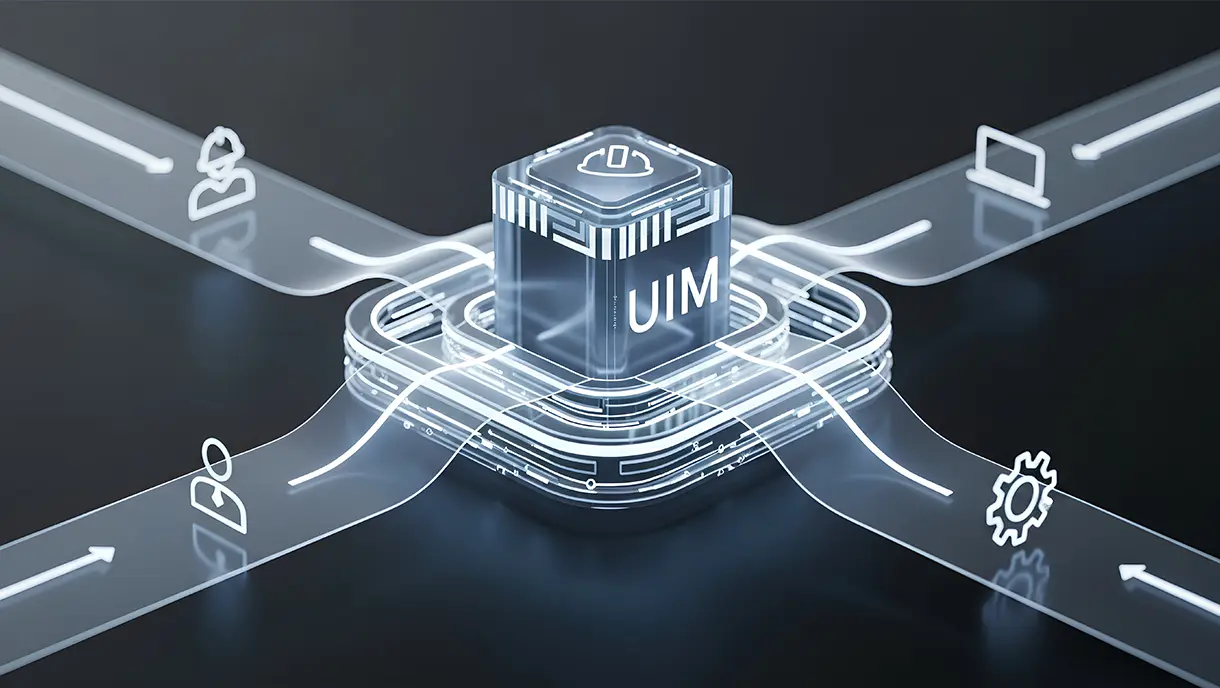The Future of MFA: Adapting to a Changing Security Landscape
This blog explores the future of Multi-Factor Authentication (MFA) in physical security, highlighting how innovations like AI, IoT, cloud systems, biometrics, and smartphones are reshaping access control. Discover emerging trends such as cloud-based and touchless solutions, integrated building operations, and the growing use of mobile devices as digital keys. Understand the need to balance advanced security with privacy and convenience, and gain insights into unified digital access solutions for modern workplaces.

In a rapidly changing world, physical security isn't immune to the sweep of innovation. Today, the future of this critical sector rests firmly on the shoulders of advanced access control systems.
These technologies, rooted in integrating Artificial Intelligence, IoT, and Biometrics, promise unprecedented security and convenience. They strive to unlock doors — not just in the literal sense, but to the limitless potential of security.
From smart homes to corporate fortresses, these access control trends are transforming our notions of safety. This blog delves into these captivating trends and their impact on our world.
The shift toward cloud-based systems
Currently, physical security infrastructure is shifting towards cloud-based access control systems. This change promises to revolutionize how we manage access to our properties, making life easier for everyone involved. In fact, according to a 2022 report from Genetec, 45% of larger organizations have already adopted cloud solutions.
In the past, managing physical security was a complex task. Traditional on-site servers could have been more convenient and costly, draining valuable time and resources. But now, with cloud-based systems, those days are fading into the past. These systems centralize data, enabling automatic backups and software updates from any location or device. The ability to manage your system remotely is a game-changer that frees up time and money.
What about those who have yet to fully adopt the cloud? Enter the hybrid cloud system. This solution provides the benefits of centralizing data in the cloud without replacing hardware. Cloud-based access control also offers additional protection. These systems can provide real-time alerts and quick access restriction mechanisms.
Integrated systems for seamless building operations
The integration of intelligent automation within access control technologies is rapidly gaining traction. Access control providers are increasingly opening their APIs, allowing their devices to integrate and "communicate" with other systems. This creates a multi-layered security approach, enhancing perimeter protection and video surveillance.
One key advantage is operational efficiency. When an access control system is integrated with building smart locks, both can be managed from a single platform. This not only saves time but also provides residents with the desired convenience.
Automation, an under-utilized tech trend in access control, is also set to rise.
Integrated systems combine disparate building systems—access control, parking management, visitor management, and tenant experience apps. Instead of managing five different systems, integrations allow building managers to control everything from a single interface.
AI is also expected to play a pivotal role in integrated security. With AI-enhanced access control, potential threats can be identified faster and more precisely, reducing human error and optimizing resource usage. The intersection of intelligent automation and access control signals a bright future for physical security.
Smartphones as keys
According to Statista, 86.11% of the global population now uses smartphones, and mobile access control is becoming the new standard. As we increasingly adapt to a flexible lifestyle, mobile technologies are evolving in tandem. Smartphones are now becoming keys, a testament to their increasing intelligence and versatility. Smartphones are being harnessed for many tasks, from food delivery to social interactions. Savvy access control providers capitalize on this trend, integrating their systems with mobile technologies.
Using a smartphone to unlock doors and manage building access is an emerging reality. Mobile access control is the way for those considering a new or retrofit access control system. This digital shift allows emergency access to crucial data when the authorized person can't physically return to the place of work, offering a dynamic alternative to traditional control rooms.
These mobile badges or keys combine digital and physical identities, enhancing security without sacrificing convenience. Moreover, advances in mobile technology offer faster and more reliable access control solutions, including quicker unlock times and dependable entry via Bluetooth, Wi-Fi, and NFC technology. The increasing reliance on mobile apps necessitates support for multiple accounts, promising a single, seamless app experience for navigating workplaces, scheduling meetings, and reserving spaces.
Enhancing safety and convenience with touchless solutions
Navigating the future of physical security reveals a new trend: touchless technology. This transformative development gained momentum as the world responded to a global pandemic, challenging traditional approaches to touch and access.Innovations in touchless access control technologies have surged in popularity, driven by the seamless integration of health safety and convenience they offer. These systems use proximity cards or mobile applications to minimize physical contact. This reduces touchpoints when entering a property, ensuring user safety without compromising security.
Touchless solutions aren't just about health safety—they also represent a shift towards a more modern, efficient method of managing building access. Integrating cloud-based platforms and mobile credentials creates a touchless entry experience, decreasing wear and tear on hardware, reducing maintenance needs, and providing users with enhanced security.While the pandemic catalyzed this transition, the unique blend of convenience, safety, and modernity signals a sustainable, touchless future in physical security.
Conclusion
The future of physical security is changing dramatically. These access control trends signify a broader change in which security is less about erecting barriers and more about creating interconnected ecosystems that prioritize user experience without compromising safety. It is about enabling a level of control that is dynamic, individualized, and deeply integrated into our daily lives, shaping a future where technology intuitively responds to our needs and risks are mitigated before they materialize.
Through all these changes, one thing remains crucial: respect for privacy and individual autonomy. In this new era, our challenge is to humanize these technologies, ensuring they protect and empower us while respecting our privacy.
OLOID's Cloud Key
OLOID is leading the unification of cyber and physical identities to enhance security and provide a better user experience. Their cloud-based SaaS platform enables digital access for the modern workplace, transforming every door, every turnstile, and every access point with simple, smart, and secure digital access.You can seamlessly integrate your security infrastructure with OLOID’s cloud-based solution, Cloud Key. It offers multiple authentication modes, making it suitable for various security needs and infrastructure.






Get the latest updates! Subscribe now!




